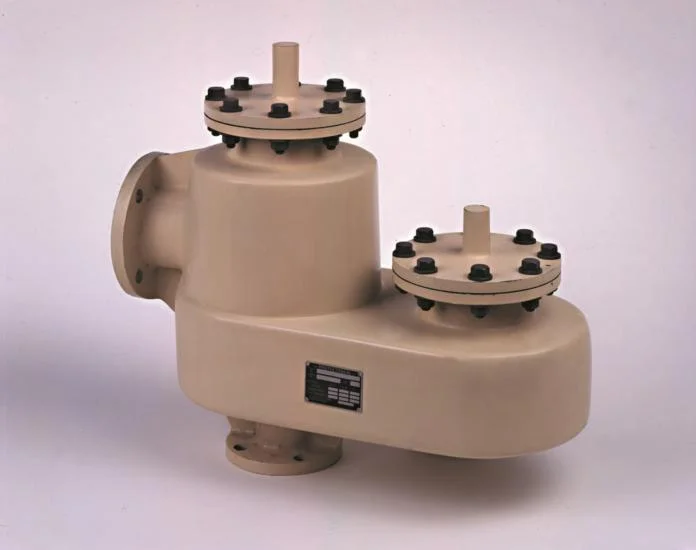LIQUID storage tanks play a significant role as part of the plant in the chemical industry. The use of liquid storage tanks for the storage of flammable or combustible liquids is a common practice in the chemical industry. Liquid can be stored as a raw material, an intermediate product or a final product of the chemical process.
Lavenda Sekwadi, Process Engineer for Energas, says it is important to note that the different types of chemicals have different characteristics and behaviours when stored in these tanks. Therefore, breathing of liquid storage tanks is very significant as a safety measure against some of the common accidents – such as fire and explosions – associated with the storage of chemicals.
“Storage tanks have different sizes, liquids vaporising at different rates and liquid discharge rates and inflow rates. API 2000 standard is primarily used for determination of the suitable sizes of the safety equipment (mainly pressure-vacuum vents and emergency vents),” says Sekwadi.
Compatibility materials
The compatibility of the tank safety equipment and the medium stored is of paramount importance as it affects the service life and the performance of the equipment. For hazardous vapours (for example, sulphuric acid), the typical materials such as carbon steel, aluminium, stainless are not compatible.
“Fibreglass Reinforced Plastics (FRP) are employed in applications of hazardous vapours due to their ability to withstand corrosion – this is due to their highest level of resistance to chemically hostile environments, yet extremely rugged and durable in construction,” says Sekwadi.
Such applications of hazardous liquids are typically found in petroleum, petrochemical, pulp and paper, waste treatments and food and beverage industries. FRP’s eliminate the need for exotic metal construction. The vent body and internals are constructed of the same heavy-duty laminated resin, namely Derakane 470, Furan and Derakane 411.
Sizes, pressure settings and connections
Protectoseal FRP vents, supplied locally by Energas Technologies, are available in pipe-away form (vapours directed to designated designation) and normal vents that vent directly to the atmosphere.
“The sizes range from 2” to 12” for pressure-vacuum vents, with emergency vents ranging from 16” to 24”. The minimum pressure and vacuum setting is 0,215 kPa with maximum settings of 20 kPa and 7 kPa for pressure and vacuum settings, respectively. All vents mate with standard flanged Class 125 ANSI, API (20” or 24” only) or DIN PN 16,” concludes Sekwadi.
